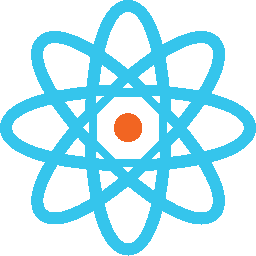Comment on Rossi blog on UDD and Iwamura experiments:
Dear Dr. Rossi
In your paper “Nucleon polarizability and long range strong force from σI=2 meson exchange potential”, I have noted an interesting point on the role of electron as “carrier of the nucleon”:
"A less probable alternative to the long range potential is if the e-N coupling in the special EM field environment would create a strong enough binding to compare an electron with a full nuclide. In this hypothesis, no constraints on the target nuclide are set, and nucleon transition to excited states in the target
nuclide should be possible. In other words these two views deals with the electrons role. One is as a carrier of the nucleon and the other is as a trigger for a long range potential of the nucleon”.
Now, in the Iwamura experiment the CaO layer is hundreds of atomic layers far from the area near the surface where the atoms to be transmuted are deposited or implanted. Therefore, it is important to find a mechanism that explains the action at a distance and the role of CaO, the breaking of the Coulomb barrier and the usual absence of intense nuclear radiation typical of the LENR. An interesting hypothesis might arise from considering the formation of ultra-dense deuterium near the calcium oxide layer, where the high difference in work function between Pd and CaO favors the formation of a dense electron layer (SEL). Ultra-dense deuterium “atoms” are picometric structures, formed by a deuteron and an electron, that can easily migrate to the area where the nuclei to be transmuted (Cs or Sr) have been implanted. In this case the electrons can be seen as the “carriers” of the deuterons. A quite similar concept has been proposed by G. Bettini in the JONP paper “How can 30% of nickel in Rossi’s reactor be transmuted into copper?”
This hypothesis seems to me more realistic than the hypothesis of formation of di-neutrons from a nuclear capture of the electron, considering that the neutron mass is much higher than the sum of proton and electron masses. Ultra-dense deuterium “mini-atoms”, having no charge but a relatively “long range” high magnetic momentum, according to this hypothesis, may be considered good candidates as the very cause of the transmutation of Cs in Pr and Sr in Mo.
Regards
